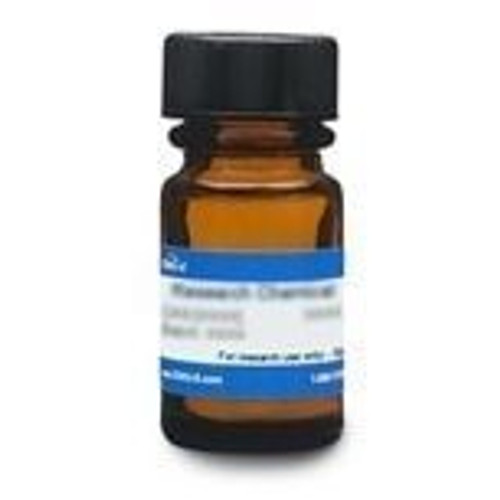Sulfachloropyridazine Sodium is the sodium salt of Sulfachloropyridazine, a sulfonamide antibiotic. It has been used to treat the bacteria causing urinary tract infections and is commonly used in aquaculture and animal husbandry. Sulfachloropyridazine can be used to study kinetics and reaction pathways and has also been used as a model for sulfonamide detection.
| Mechanism of Action | Sulfachloropyridazine blocks the synthesis of dihydrofolic acid by inhibiting the enzyme dihydropteroate synthase. Sulfachloropyridazine is a competitive inhibitor of bacterial para-aminobenzoic acid (PABA), which is required for bacterial synthesis of folic acid. Mode of resistance is via the alteration of dihydropteroate synthase or alternative pathway for folic acid synthesis. |
| Spectrum | Effective against Gram-positive and Gram-negative bacteria and Mycoplasma. |
| Molecular Formula | C10H8ClN4O2S ∙ Na |
| Microbiology Applications | Sulfachloropyridazine Sodium is used to study kinetics, reaction pathways and toxicity evolution |
| References | Dirany A, Sirés I, Oturan N, Ozcan A, Oturan MA (2012) Electrochemical treatment of the antibiotic sulfachloropyridazine: Kinetics, Hunter, WJ and Shaner DL (2011) Studies on removing sulfachloropyridazine from groundwater with microbial bioreactors. Curr. Microbiol. 62: 1560-1564 PMID 21327887 Matusik JE, Sternal RS, Barnes CJ, Sphon JA (1990) Confirmation of identity by gas chromatography/tandem mass spectrometry of |







